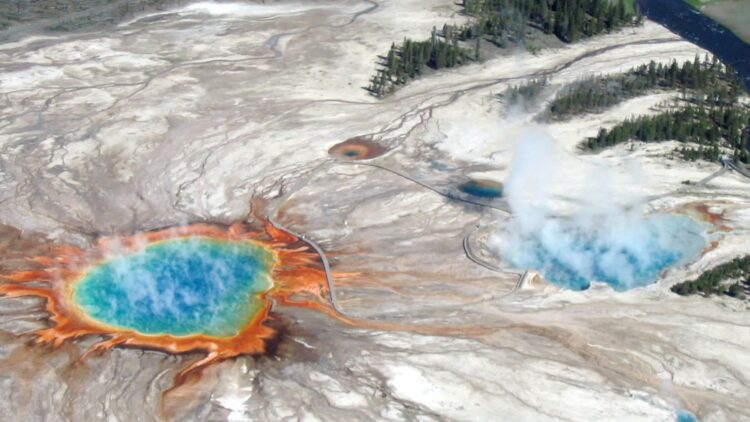Recent discoveries at the McDermitt Caldera, a supervolcano straddling the Oregon-Nevada border, indicate that it may hold between 20 to 40 million metric tons of extractable lithium, potentially making it the largest known lithium deposit in the world. The significant reserve is poised to transform the lithium landscape and provide America with a strategic resource crucial for a clean energy transition.
With the global demand for lithium skyrocketing, this untapped resource could totally redefine energy production and geopolitics, both in the United States and beyond.
Lithium: The untapped “white gold” that lies beneath McDermitt Caldera’s surface
The McDermitt Caldera is far more than just a barren landscape; in fact, it is a geological gem of note.
Covering an area of 616 square miles, this ancient volcanic site erupted approximately 16 million years ago, expelling lithium-rich magma that has since transformed into a unique clay mineral best known as illite.
Recent studies have revealed that the caldera boasts unprecedented lithium concentrations, with estimates suggesting that its reserve could surpass those of Bolivia’s Salar de Uyuni salt pan, which was previously considered the world’s largest lithium source.
As the world seeks green energy solutions, lithium has emerged as an important element, often dubbed “white gold.” It is essential for the production of batteries for electric vehicles, smartphones, and renewable energy storage systems. With demand projected to surge sharply—reaching 1.5 million metric tons annually by 2028—companies are eager to discover new sources of lithium.
In this context, the McDermitt Caldera stands out as a key contender for meeting this growing demand.
The Thacker Pass project: A game changer in lithium extraction
Central to the current lithium boom is the Thacker Pass project, developed by Lithium Americas. Situated within the McDermitt Caldera, this open-pit lithium mine is scheduled to commence production in 2026.
With an estimated 217.3 million metric tons of lithium carbonate equivalent, the project aims to extract lithium via environmentally sustainable practices. Construction began in March 2023, bolstered by a $2.26 billion loan from the U.S. Department of Energy alongside investments from General Motors.
The mine’s first phase is projected to produce 40,000 tons of lithium per year, with plans to double that capacity. Utilizing innovative extraction methods, including a modified panel mining technique, the project will minimize ecological disruption while maximizing efficient resource recovery. Evidently, this initiative isn’t just about lithium; it reflects a commitment to sustainable mining practices.
The implications of the McDermitt Caldera’s lithium reserves extend far beyond economics
As the U.S. strives for sustainability and energy independence, this deposit could lessen reliance on foreign lithium supplies, especially from China, which currently dominates the global lithium market. The Thacker Pass project positions the U.S. as a formidable player in the lithium supply chain, potentially shifting global dynamics regarding availability.
Additionally, experts believe that the successful extraction of lithium from McDermitt could reshape the geopolitical landscape, influencing not only supply chains but also the prices of this critical mineral.
As other countries race to secure lithium reserves, the U.S. stand to gain a huge advantage by tapping into its domestic reserves.
The McDermitt Caldera project marks a major milestone in the competition for lithium resources. With up to 40 million metric tons of lithium waiting to be extracted, the U.S. stands on the brink of a “white gold” rush that could redefine its energy future. As the Thacker Project unfolds, it promises not only to meet the rising global demand for lithium but also to position America as a key player in the sustainable energy landscape. The world will watch closely as this supervolcano unveils its hidden potential.

